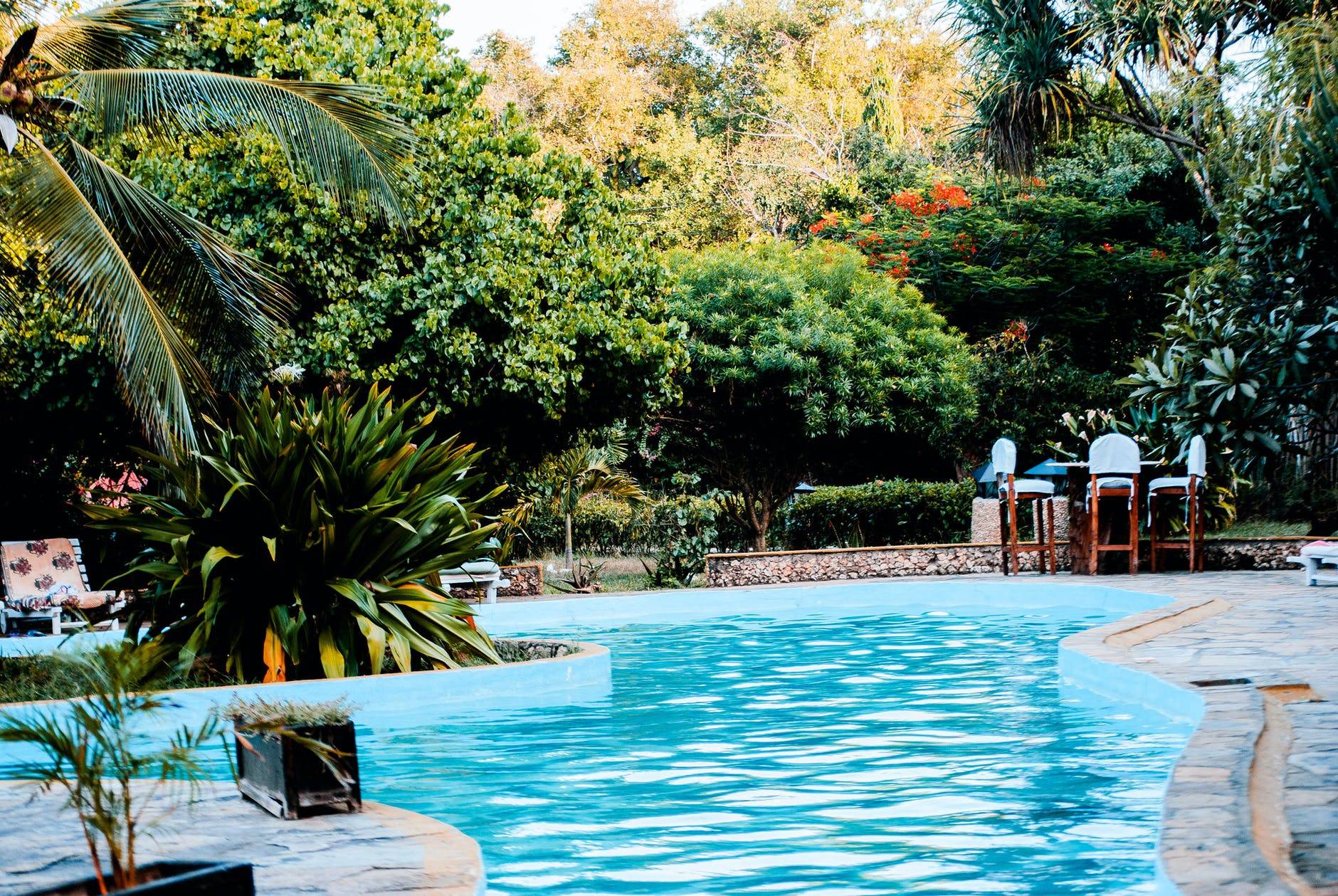I know this is an old thread but I see no references to older answers and have read from current date to this post ... so I'm going to add to this discussion for the sake of those searching for an answer.
The only way I've thought of to double the concentration of CYA in a water sample was to double it's concentration and then read it off the test vial. I did this by just waiting for 50% of the sample to evaporate. I suppose there's a minuscule error if you put in a drop of bleach to keep the sample from turning green if it takes too long.
Anyway, this worked for me during the time I was building up the CYA to my targeted 30 ppm, and after hitting that target I felt the results were verified because the math worked out to 32 ppm for the measured amount of added dichlor vs. the two readings of 31 and 33 from the pool store testing of some water samples. I believe this process worked because I don't think the CYA evaporates.
Long story short, evaporate half your sample, read and double the tested result.


